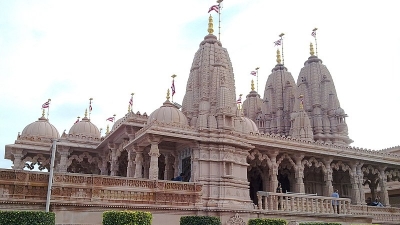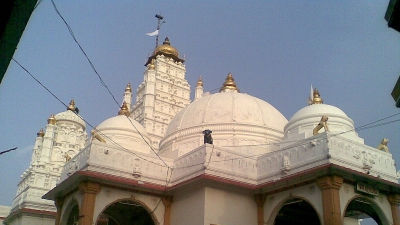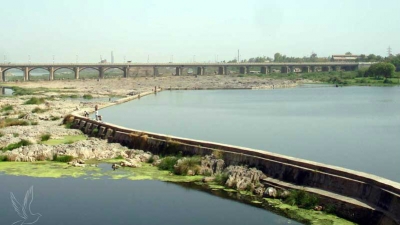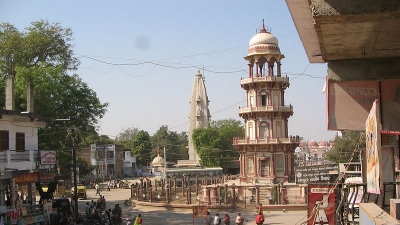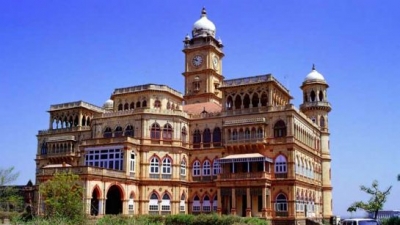Patan Attractions - Tourist Places To Visit In Patan
-
01Rani Ki Vav
+ Read MoreThe stepwell, Rani ki Vav, is believed to be built by Rani Udayamati in 1063 in loving memory of her husband, King Bhimdev I - son of Mularaja, who was the founder of the Solanki dynasty of Anahilwada Pattan. Most of the stepwell has been silted up by the waters of the river Saraswati. Such is the beauty of the pillars of the vav that they take us to the period of the Solanki dynasty and of the marvel of their architecture. A mention of the construction of this vav by Rani Udayamati has been made in Prabandha Chintamani written by Merunga Suri in 1304 AD.
Most of the carvings on the walls and pillars of the vav are dedicated to Lord Vishnu in different forms of his incarnations, like Rama, Vamana, Mahishasuramardini, Kalki, Mahishasura Mardini, Vamana and Varahi, to name a few. With a prior appointment, a walk through the heritage structure can also be enjoyed by the tourists.
-
02Patola Weavers
+ Read MoreThe silk woven at Patan is known by the name patola. The weaving of patola silk is the most difficult of all the weaving methods. They use double ikkat style to weave the silk. This particular style is used only in Indonesia apart from the patola weavers. It takes months to make saris in this design and for the same reason, they come with high price tags.
The craftsmanship of weaving patola saris is now done only by the Salvi community.
-
03Sahasralinga Talav
 + Read More
+ Read MoreThe Sahasralinga Talav, a reservoir, which literally means the lake of a thousand lingas, was built in the year 1084 by Siddhraj Jaysinh over a lake, which is known to be Durlabh Sarovar. The lake is located to the north of Rani ki Vav at Patan in the state of Gujarat. The lake was attacked three times and yet has managed to leave some of its parts intact.
The reservoir was built to channel water from the river Saraswati. It has an inbuilt natural filtration. The platform which held the pillars still gives us a virtual view of the complete lake. The reservoir has sculptures of many deities in it.
-
04Jain Temples
+ Read MoreThere are hundreds of Jain temples in Patan as the area was considered as the centre of Jainism during the Solanki era. One of the main temples here is the Panchasara Parshvanath Jain Derasar. There are many temples in Patan with white marble flooring and stone carvings, which are characteristic features of Jain temples. Earlier Jain temples were built in wood.
The interesting story behind the change in this pattern is that the master-builder, Uda Mehta, once saw a mouse inside the temple running with a burning candle in its mouth. It is believed that from this point onwards the temples were built in stone instead of wood.
-
05Mashru Weavers
 + Read More
+ Read MoreMashru weavers are another community that uses a unique style of weaving using silk and cotton. The outer layer of the costume are woven in silk whereas the inner garment are in cotton. This weaving technique which was once used in all parts of the country is now prevalent only in a few places in India.
Though it was later used by Hindu community, it became popular among Muslims as they were not allowed to use pure silk. The word Mashru literally means permitted.



 Click it and Unblock the Notifications
Click it and Unblock the Notifications



